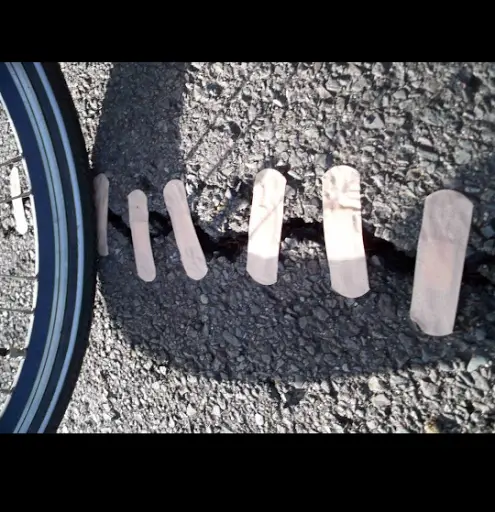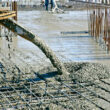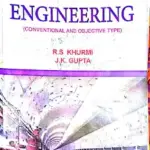
Self Healing Bioconcrete A Live Concrete
Have you ever heard of something like “Live Concrete”?. No? then here is a news for you fellow; Now the concrete has been given life. The perfect example of sustainable and green technology “Self Healing Concrete”.
World’s most popular construction material The Concrete, in common terms is a simple mixture of cement, aggregate and water. The material which builds our houses, offices, highways and infrastructure is the second most widely used and consumed material on earth after water, according to a research by WBSCD.

What makes this concrete so popular? It is actually its properties and behavior that combines with its merits like easily available raw materials, sustainability and heat resistant approach.
Why need self healing concrete?
Despite of all of its features, merits and intrinsic worth, there is one negative aspect and that is maintenance time and cost; which is too much costly and time taking.
We all know that concrete is strong in compression and weak in tension; actually whenever some load is applied in such a way that it produces bending stresses in concrete; it cracks within no time. Those cracks initially might be small and minute so much that even naked eyes cant see, however; these cracks are likely to get bigger with the passage of time during the serviceability time of the structure and as a result the structure may collapse and further deteriorate.
Preparation of self healing concrete
But there are is a team which have found solution to this problem in concrete; The TU Delft wide self-healing material research program being initiated by Delft Center for Materials collaborate with Faculty of Applied Sciences and the South Dakota School of Mines in the United States.
Maker of self healing concrete
Hendrik Jonkers, the key face is a microbiologist at Delft University in Netherlands. Jonker has combined both the fields of civil engineering and marine biology. The finalist for the European Inventor Award 2015, Hendrik Jonkers has produced this concrete which he called as “bio-concrete” that “self-heal” by producing limestone that repairs and fills the gap of cracks generated.
The bacteria which he uses are from the family of Bacillus psedofirmus or Sporosarcina pasteurri, are found naturally in highly alkaline lakes near volcanoes, and are able to survive for upto a staggering 200 years without oxygen or food. They are activated when they come in contact with water and then use the calcium lactate as a food source, producing limestone, that, as a result, closes up the cracks.
How healing is done?
The process involved in this self-healing process is very interesting; the bacteria is introduced in the form of biodegradable capsules that when concrete cracks and water gets in; activating the healing process by which the bacteria get from calcium lactate, joining the calcium with carbonate to form limestone, fixing the crack.
Forms of self healing concrete
This self-healing process can be done in three forms;
1. A spray form, which can be applied to existing structure for small concrete that needs repair
2. A repair mortar for structural repair of large damage
3. A self healing concrete itself which can be mixed in quantities as needed.
The self-healing concrete has been used as a test case in Ecuador where a concrete canal has been built with it and there are many benefits that has been observed.
Despite of its high cost, estimating a standard-priced cubic meter of concrete is 70 Euros, use of bacterial concrete is a substantial saving, especially in reinforced concrete where a lot of money is spent on reinforced bars. With self-healing concrete durability is also increased ensuring an economical way of designing concrete structure.
Bacterial and Self-healing concrete is ideal for underground retainers and structures where humans cant excess for repairing process.















